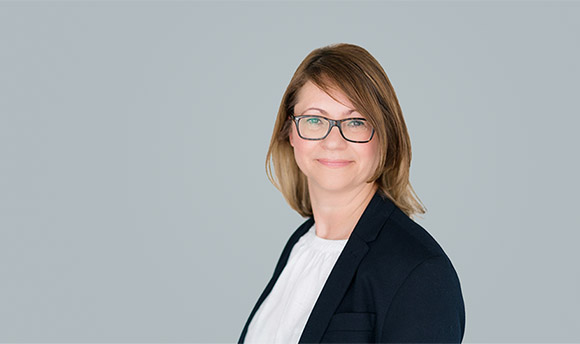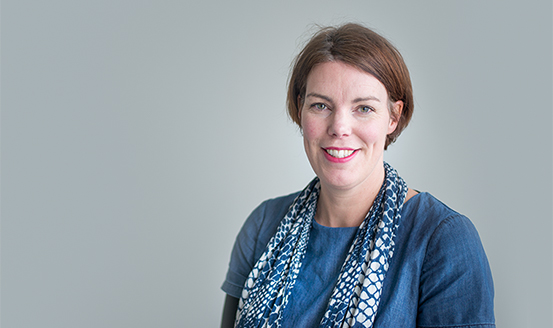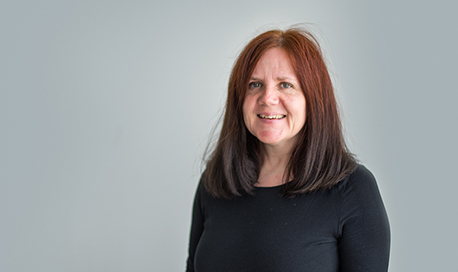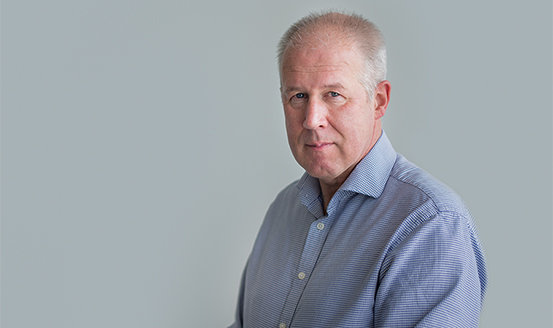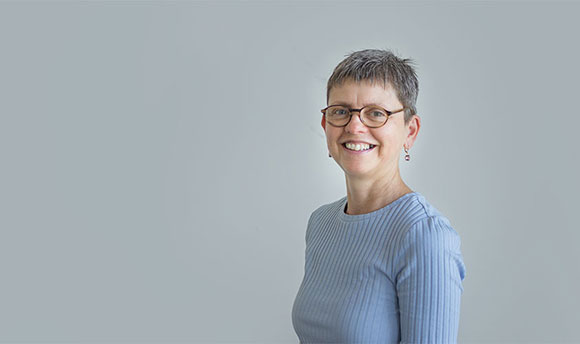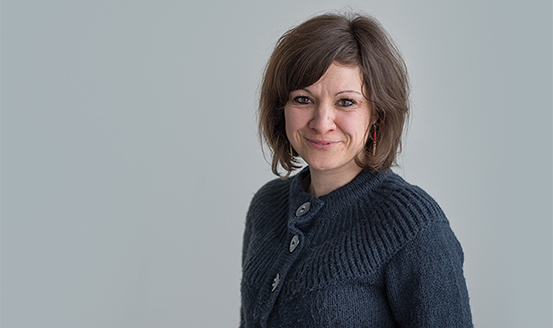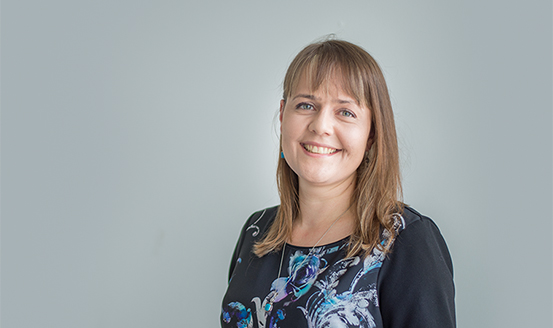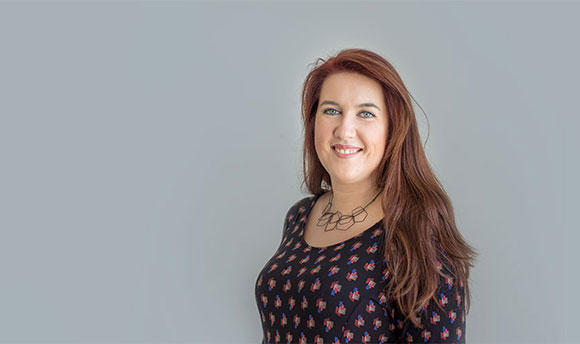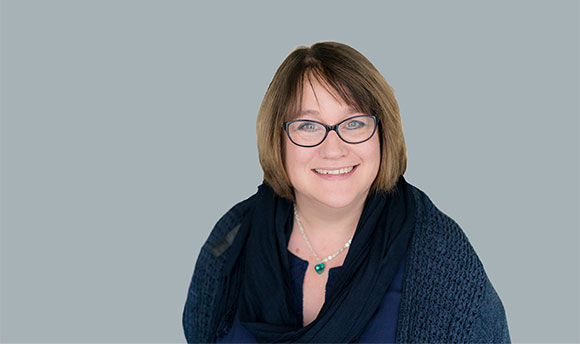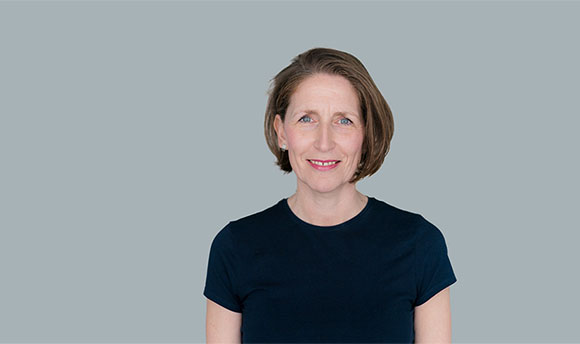Research Project - Nuffield EPG Down Syndrome
Improving the speech communication abilities of children with Down's syndrome: A new model of service delivery using Electropalatography (EPG)
Children with Down's syndrome present with specific difficulties in speech production making them less intelligible to family and friends. Previous research funded by the Medical Research Council and Baily Tomas Charity at QMU trialled the use of Electropalatography (EPG) as a therapy technique for these specific difficulties with a group of young people with Down's syndrome. This research found that speech intelligibility can be improved using EPG as a therapy tool. This current project is expanding on this finding. However, instead of providing EPG therapy at QMU as previously, we are developing and evaluating a consultative model of intervention, prodiving specialised training to educational support staff who will provide speech input within the child's normal school environment.
The project began in April 2012.
Background
Down's syndrome (DS) is the most common genetic cause of mild to moderate learning difficulties, affecting 1 in ever 732 live births (Canfield et al., 2006). Speech in DS is poorer than expected in relation to their language and cognitive abilities (Roberts et al., 2007). Speech difficulties can affect speech intelligibility which in turn affects ability to communicate effectively. Many of these speech problems have been found to be resistant to conventional methods of intervention delivered by speech and language therapists (Kumin, 1996).
Electropalatography (EPG) is a long-established tool for clinical and non-clinical speech research, developed at Queen Margaret University. EPG displays the timing and location of tongue contact with the roof of the mouth during continuous speech production. Each user of EPG has to have a custom-made artificial palate which contains electrodes that register tongue contact. The individual's pattern of tongue contact can be compared with standard patterns of English consonants (such as 't' in 'toe', 's' in 'sun' and 'k' in 'kick').
EPG can be used to provide detailed information on speech patterns and as a visual feedback technique for therapy. In therapy sessions the children focus on their own speech movements and the resulting EPG patterns on screen. EPG is particularly suited for children with DS for a number of reasons:
- visual processing skills are a strength
- People with DS are able to respond better to visual stimuli than verbal instructions .
- Research suggests that children with DS enjoy interacting with computer-generated presentations.
Previous research looking at EPG therapy for children with DS has shown a positive change in speech production and noted potential benefits of EPG therapy over conventional therapy. This new project is hoping to build on the success of previous research and provide alternatives to some of the limitations that were identified.
Aims and Objectives
To evaluate a consultative model of speech and language therapy whereby learning assistants working with children with Down's syndrome in schools are trained to deliver EPG intervention.
To evaluate speech production problems and the role of visual training with EPG in improving speech intelligibility in primary school-aged children with Down's syndrome (6 to 10 years old).
Recruitment and Information for Participants
For this Nuffield funded project, we are recruiting children from the Lothian area of Scotland with the help of Lothian Education boards. Children between the ages of 6 and 10 years (inclusive) will be eligible for the project providing they do not experience significant visual or hearing impairment. Children will also be required to have a receptive vocabulary age of 3 years or more (as measured by the British Picture Vocabulary Scales II). Previous research with EPG has shown that this level is necessary for comprehension of the feedback provided by EPG.
Information for Participants
If you have been contacted by the team and would like more information for your child then please consult our Information for children document.
Data Collection and Assessment
Children will undergo a series of assessments to determine suitability for the project. Once this level has been achieved then the speech production of each child will be recorded using EPG and analysed by the research SLT on the project.
EPG Training and Therapy
We will provide a training and implementation programme for education staff in the primary schools attended by the participants. This will take the forms of workshops on speech development in DS and EPG. An individualised EPG therapy programme designed by the project team will be shared with the learning assistant and then delivered daily, for 12 weeks, within the child's school environment. A portable training unit (PTU) will be provided to each child's family to enable additional home practice. Therapy delivery will be monitored and supported twice monthly via on-site visits by the project SLT.
Evaluation
Therapy will be assessed on three criteria:
- Qualitative and quantitative changes in speech production over the course of the 12 week treatment clock
- Ease of implementation of therapy programme and progress
- Maintenance of change at three and six months post-intervention
People Involved
Dr Sara Wood PhD BA (Hons) MRCSLT
- Sara is the principal investigator on the project. She is a Senior Lecturer and Speech and Language Therapist at Queen Margaret University.
- Sara was a co-investigator on the MRC funded project that led to the development of this current project.
- Email Sara
Zoe Grayson BSc MRCSLT
- Zoe is the Research Speech and Language Therapist on the project. She is responsible for project organisation, recruitment, assessment and planning intervention for all of the participants. Zoe is also employed by NHS Lothian as a Speech and Language Therapist.
- Zoe's previous SLT work has focussed on community therapy (NHS Lothian: 2002-2005), early intervention (New Zealand: 2005-2008) and research at QMU in collaborative working between therapy and education (2008-2012).
- Email Zoe
Claire Timmins MA (Hons) MPhil
- Claire is the part-time Research Fellow on the project. Her background is in speech science and sociolinguistics. She is responsible for data analysis and involved in data collection and therapy planning. Claire is also employed by University Of Strathclyde (Lecturer in Phonetics) and is undertaking a PhD study in speech in Down's syndrome (Articulatory Analysis of Fricatives in children with Down's syndrome) at QMU.
- Claire's previous research experience includes the MRC project that led to the development of this current project (QMU: 2005-2011).
- Email Claire
Prof. Jennifer Wishart MA PhD FRSE
- Jennifer is Emeritus Professor of developmental disabilities in childhood at the University of Edinburgh. Her main research interest is the cognitive and social development in children with Down's syndrome (and other genetically-determined learning disorders).
- Email Jennifer
Advisory Group
An Advisory Group has been established to assist in the operationalisation of the project and in longer-term planning. This group will meet over the course of the project: once prior to treatment; once mid way through treatment; once towards the end of the project. The group consists of the following: Martin Vallely (City of Edinburgh Council), a participating parent, Alice Brown (Primary School Headteacher), Alison Sinclair (NHS Speech and Language Therapist), Roddy Nelson (NHS Orthodontist), and a participating Learning Assistant.
Final report
Access the final report (eResearch portal)
Media Coverage
BBC Scotland: 'Speech aid technology for schools to help children with Down's syndrome' 5/2/2013
The Edinburgh Reporter: 'Queen Margaret University research helps children with Down's syndrome' 5/2/2013
Research Output
Previous research on EPG analysis and treatment of speech production in children with Down's syndrome can be found at 'Assessment and Treatment of Speech Motor Abilities in children with Down's syndrome'.
Presentations
A summary of previous research into speech in Down's syndrome
